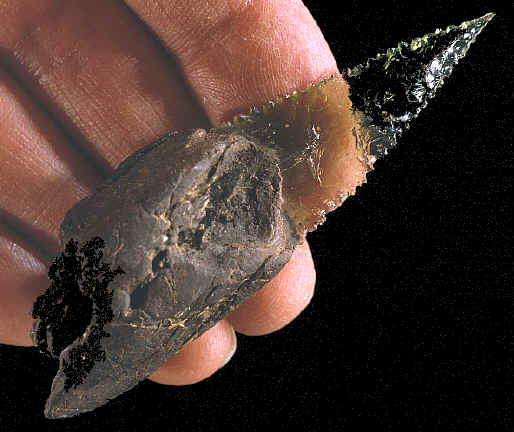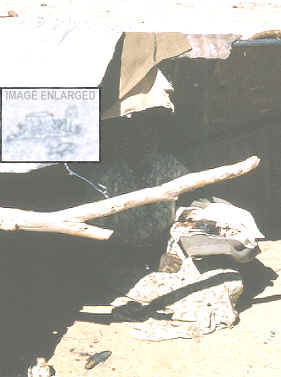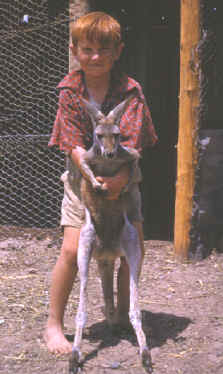|
|
|
An early style of Kimberley point is called the
Kimberley Dentate point. These points range in size from 2 inches (5 cm)
to 4 1/4 inches (11 cm) long. These leaf shaped points have large
notch-like serrations that are as much as 1/4 inch (6 mm) deep to 3/8
inch (9 mm) wide. |
|
|
|
|
There was a fairly large demand for Kimberley points by the Europeans during the late 1800's and into the early 1900's for souvenirs and curiosity items. Most of these were made of glass because it was easy to flake and the finished point was beautiful to look at. Many of these points were even made by inmates of Broome Prison for sale to visitors. |
|
|
|
|
Kimberley points were still being made when the Europeans arrived in Australia. Observations of the people making them have been a valuable contribution to the study of lithic technology. The fact that Kimberley points impressed both aboriginal tribes and people of the industrial world with their artistic and mythological qualities is rather unique. One thing for sure, they will probably always continue to impress people with their exquisite design and craftsmanship, not to mention their cultural history. |
|
|
"REFERENCES"
1949,
Mitchell, S.R., "Stone-Age Craftsmen, Stone Tools & Camping
Places of the Australian Aborigines" pp. 62-64. |
|



